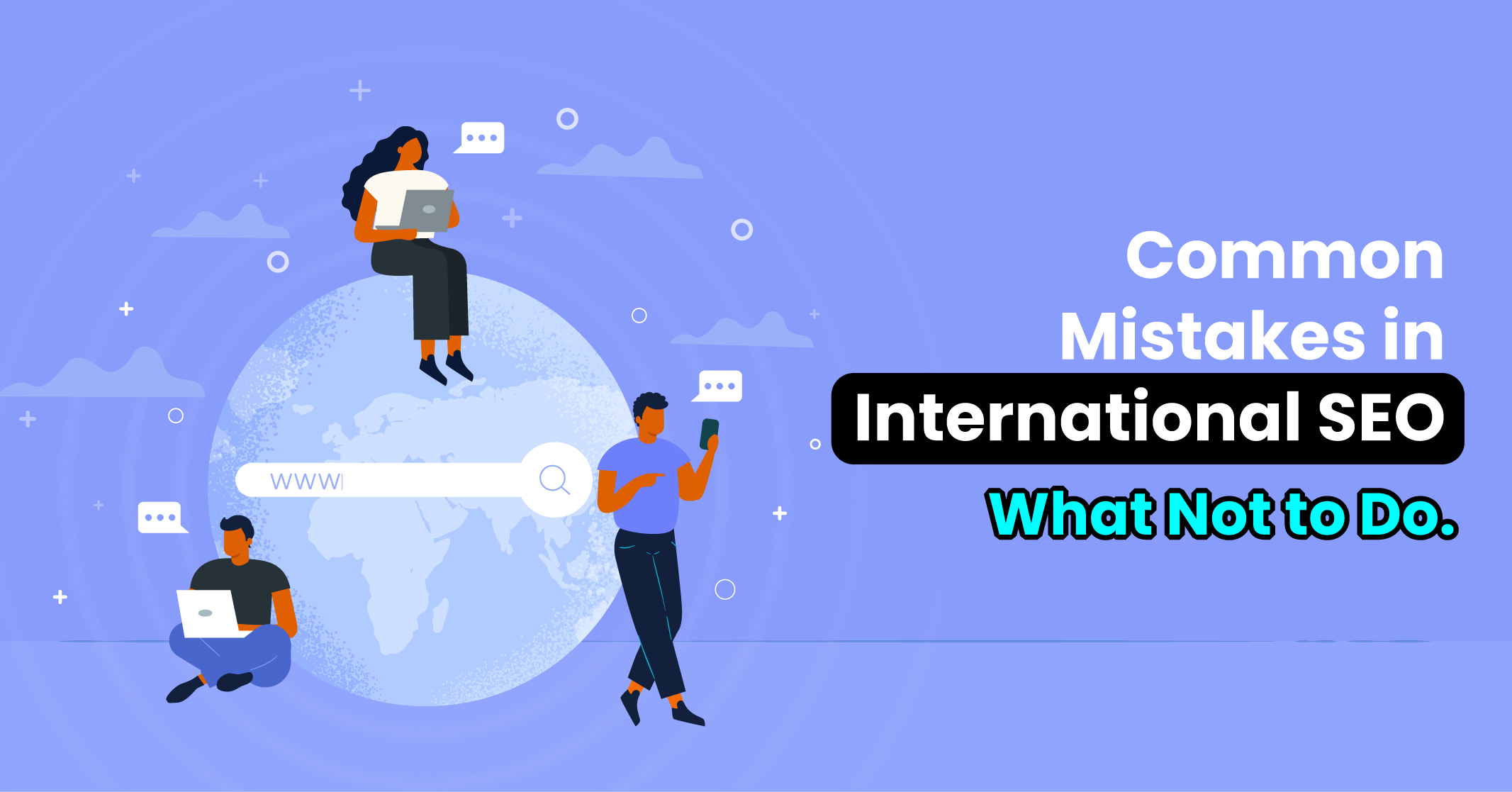I hope you enjoy reading this blog post.
If you want to get more traffic, Contact Us

Click Here - Free 30-Minute Strategy Session
Be quick! FREE spots are almost gone for this Month. Free Quote

International SEO focuses on optimising a website to rank in search engines for audiences across different countries and languages. It ensures the content resonates with the preferences, behaviours, and search trends of users worldwide. By localising keywords and adopting region-specific strategies, businesses can attract a broader yet targeted audience.
Proper international SEO enhances brand visibility, drives high-quality traffic, and builds trust in diverse markets. Without it, companies risk losing opportunities to competitors who cater to global search intent. Adaptations for cultural nuances, currency, or even subtle language differences are crucial for success in competitive global landscapes.

Click Here – Free 30-Minute Strategy Session
Be quick! FREE spots are almost gone for this Month
A common error in international SEO is neglecting localised keyword research, assuming direct translations of existing keywords will suffice. Search behaviour varies significantly across regions, influenced by cultural nuances, language preferences, and regional needs. For instance, a product commonly referred to in the UK may have a completely different phrase in search queries within Germany or Japan.
Ignoring these distinctions can lead to poorly targeted content that fails to attract local customers. Successful international SEO involves adapting keyword strategies by researching popular terms in each market. Tools like Google Keyword Planner or Semrush can help identify location-specific trends and consumer intent.
Hreflang tags are critical for indicating the language and regional targeting of web pages, yet they are often misused or overlooked in international SEO. Using them incorrectly can confuse search engines and lead to improper page indexing, resulting in a poor user experience.
Common errors include:
en-gb for British English).Thorough testing and consistent monitoring are essential to avoid these pitfalls.
Relying solely on automatic translations can lead to significant errors in meaning, grammar, and cultural relevance. Machine translations often fail to capture regional nuances, idiomatic expressions, or local jargon, which can result in miscommunication or unintentional offence.
Professional localisation goes beyond translation by considering cultural preferences, local customs, and user behaviour. It ensures that the content resonates with the target audience and aligns with their expectations. For instance, currency formats, date systems, and even humour can vary drastically by region.
Additionally, poorly translated content can harm a website’s credibility, reduce user engagement, and negatively impact search rankings. Search engines prioritise user experience, and irrelevant or confusing translations can result in higher bounce rates. Therefore, investing in skilled localisation ensures accuracy and relevance.
Selecting an improper URL structure can undermine international SEO efforts and confuse search engines about geographic targeting. A clear and consistent approach is essential. Popular options include:
Using parameters (e.g., example.com?lang=en) is discouraged as it offers poor user experience and lacks SEO prioritisation. Consistently aligning the URL structure with both user intent and search engine guidelines ensures better performance.
Effective international SEO requires an understanding of cultural and regional differences that influence search behaviour and content preferences. Simply translating content without adapting it can alienate users in target regions. For instance, keywords, idioms, or examples that resonate in one country may be irrelevant or offensive in another.
Marketers must account for regional variations, including currency, units of measurement, and local holidays. Search trends also vary; a high-performing keyword in one market may have little or no search volume in another.
Additionally, failing to account for local norms in imagery, design, or tone can diminish user trust and engagement. Incorporating localisation into content ensures it feels native to the target audience.
International SEO efforts often fail when businesses assume Google dominates worldwide. While Google holds a significant share in many regions, search engine preferences vary greatly across target markets. For instance, Baidu is the leading search engine in China, Yandex dominates in Russia, and Naver holds sway in South Korea. Each platform has unique algorithms, ranking factors, and user behaviours that require tailored optimisation strategies.
Failing to adapt can result in poor visibility in these markets. Companies should identify the preferred search engines in their target regions, research algorithmic requirements, and localise content accordingly to improve performance. Regular updates ensure sustainable results.
Ignoring mobile optimisation and page speed can severely harm international SEO efforts. Many global markets rely heavily on mobile devices for internet access, with mobile-first indexing now a top priority for search engines like Google. If a website is not responsive or mobile-friendly, it risks losing traffic and rankings. Additionally, page speed is critical; slow-loading sites can cause higher bounce rates, especially in regions with slower internet connections.
To address these challenges:
Effective monitoring and measurement of international SEO performance require a strategic approach and the right tools. Below are crucial steps to track success and identify areas for improvement:
Consistency in tracking ensures actionable insights to optimise strategies.
Achieving success in international SEO requires careful strategies that align with local user intent and technical best practices. Errors such as neglecting localised keyword research, mismanaging hreflang tags, or relying on one-size-fits-all content can hinder website performance across different regions. Businesses should prioritise:
By proactively resolving these missteps, organisations can enhance visibility, drive relevant traffic, and build trust across diverse international audiences.

LEAVE A REPLY